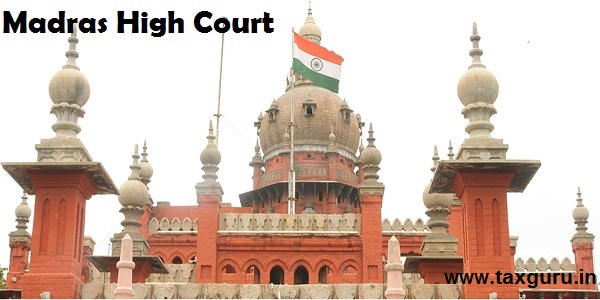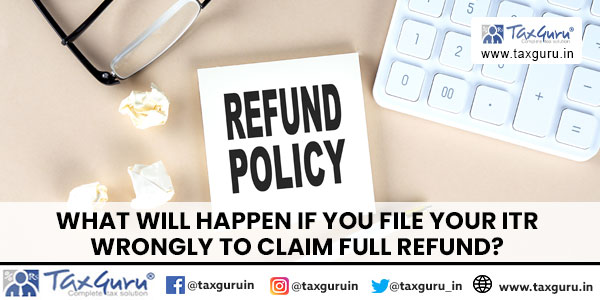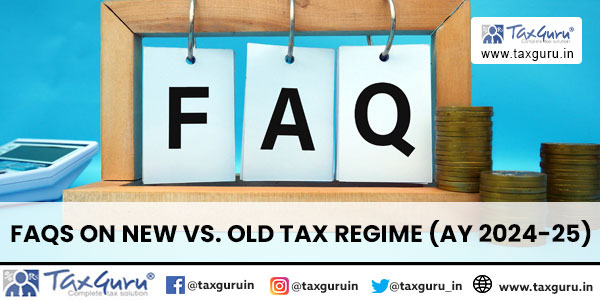GST was touted as a Good and Simple Tax. It was presumed to be the essence what the federal system of a country can achieve. It was publicised, flaunted and showcased as a brand which proves how best the federal system of our country can function and what drastic reforms our economy is capable of adopting. Indeed, to a great extent the show off was justified. It was one of the nicest examples what the federal system of a diversified country like us can achieve provided the desired political will is there. It was indeed a path breaking reform in indirect taxation which freed us from multiple tax burdens at multiple point of taxation and showed us a dream of ‘seamless flow of credit’.
Was its implementation successful? We no longer can say the jury is still out. The judgment seems to be unanimous, loud and clear. Yes, the implementation did not live up to the expectations of not only the business, exporters, SMEs, finance professionals and other varied stakeholders but to the people in power also. There is a faint murmur in the corridors of power that there had been occasional hiccups. But the finance professionals had experienced that those hiccups were more regular than occasional. Spurt of notifications knocked them hard. Changes in rates and forms, frequent sometimes, forced software developers burn midnight oil to redesign the software and forced the marketing personnel work on fanatic speed to keep the product rates aligned to the market and remain competitive. Extension of date, time after time, made a mockery of the work plans. People were literally at the mercy of the GST Network. While the people in power probably enjoyed holidays abroad after issuing a basket of notifications and circulars, GST consultants hastily organised seminars to deliberate on these and scratched their heads like mad. Due dates and deadlines made them slog even on holidays. The scare of late fees erased festivals from their calendar. Barrage of non-stop queries from the clients made them prickly. They hardly had any family life.
However, it would be gross injustice to say that the Government did not try its best to minimise the deviations, deficiencies, inadequacies or shortcomings – either perceived or real. During this journey of two and half years, Govt. has rationalised the rates to some extent, increased threshold limits, reduced and waived late fees, increased the limits and coverage of composite taxation, started trial run of simplified forms, reduced burden and coverage of RCM and so on. Govt. seems to be facing some kind of a double edged sword – in one hand, there is a constant demand of simplification and on the other there is a notion that oversimplification may lead to evasion. Ostensibly, the Govt. is in a precarious position to strike a trade off.
One of the basic premises on which the idea of implementation of GST was floated in India was ‘seamless flow of credit’. In umpteen numbers of seminars and workshops, through articles and write ups, books and journals, banners, pamphlets and leaflets, mass media and social media and through every possible medium of communication, it was told that as GST comes, cascading effect of taxes would vanish in thin air as there would be seamless flow of credit. Yes, on principle, the same stands true. It should have happened. A value added system of indirect taxation should necessarily avoid or reduce substantially the cascading effect of tax through a system of seamless flow of credit where tax paid for the preceding economic activity should be eligible for adjustment with the tax liability arising out of the subsequent economic activity. In the lexicon of value added indirect tax system, it is simply called ‘Input Tax Credit’.
As of now, seamless flow of input tax credit does not seem to be a reality. The first compromise is the non-inclusion of petroleum products in GST till now. Keeping in view the revenue generated from Excise and State level Vat in respect of petroleum products, there might have been some reservation and constraints in including petro products into GST. Whatever be the reason, it is definitely one of the stumbling blocks on the smooth flow of credit which gives rise to cascading effect. The same can be said for electricity also.
It does not however, end there. To top it, there are apportioned credits, restricted credits and blocked credits.
It somehow makes sense when the law says that input tax credit to that extent will not be available if such credit it either not attributable to business purposes or the same is attributable to exempt supplies. It seems acceptable because the related output tax liabilities do not exist. However Sec 17(5), which might have been read, examined, interpreted and re-interpreted several billion times, make ITC unavailable on several grounds. Notable among these is non-availability of ITC on motor vehicles of certain kind and not used for certain purposes. In simple words, say, if somebody runs a factory and buys a motor vehicle, the ITC on such motor vehicle is not available inspite of the fact that the same may be used for various purposes related to the business,. There are several articles analysing such legal provision but the author of this write up has not come across any write up where the rationale or the legislative intent for it has been discussed. The simple question thus arises – why the credit is blocked? People say, because the law does not allow it. Fair enough – but, why? Obviously, it is not possible for us to be privy to the legislative intent behind it, but the author would like to have a conjecture that possibly the credit is blocked because the motor vehicle can be used extensively for personal purposes. If that is probably the rationale behind the blocked credit, does the same not apply to a laptop which can be extensively used for personal purposes too? So are various other properties which can definitely be used for both business and personal purposes where the ITC is not blocked. And, interestingly, the Income Tax Act, which is almost 60 years old, does not put any restriction on the allowance of depreciation on such motor vehicle under Sec 32 of the Act.
To add insult to the injury, the Government has issued Notification No. 49/2019 – Central Tax on 9th of October 2019 amending CGST Rules 2017 with Central Goods and Services Tax (Sixth Amendment) Rules, 2019 and added a sub-rule 4 to Rule 36 which states that ‘Input tax credit to be availed by a registered person in respect of invoices or debit notes, the details of which have not been uploaded by the suppliers under sub-section (1) of section 37, shall not exceed 20 per cent of the eligible credit available in respect of invoices or debit notes the details of which have been uploaded by the suppliers under sub-section (1) of section 37’. In simple words, the recipient of goods or services or both would be entitled to avail the ITC against those invoices and debit notes which have been uploaded into the system through form GSTR-1 by the suppliers. For those invoices and debit notes, which have not been uploaded into the system, the ITC would be restricted to maximum 20% of the eligible credit. This 20% cap was further reduced to 10%. The impression gathered is that this has been done to prevent availment of fake ITC. In doing so, the Govt. has simply punished the honest taxpayers and put another roadblock on the path of ‘seamless flow of credit’. It has penalised X for the wrong done by Y. The procedural and financial burden of compliance of this rule to the small and medium businesses is unimaginable. Apart from maintaining meaningless additional records of ITC availment and keeping track of what is eligible and what is availed on a perpetual basis, the burden of additional working capital would make life miserable for them. Although the Govt. has taken a step by reiterating the imposition of late fees on late filing of GSTR-1 which might improve the filing of GSTR-1, there could be still many reasons why a GSTR-1 could not be filed by an honest and otherwise compliant taxpayer. Even a single day delay by the supplier would make the recipient liable to pay additional taxes. In addition, the recent amendment does not have a strong legal footing too. In a recent judgement, the Apex Court upheld the right of the buyer to claim ITC inspite of non-payment of tax by the seller. Although the judgement was related to the VAT regime, this is applicable to the GST regime square and fair. The GST officials, armed with limitless legal authority to track and punish errant businessmen, should not pass on the responsibility to an honest, simple and compliant businessman.
People who have played a little bit of competitive cricket or who follows the game closely, knows very well how does the cricket ball behave when it lands on the seam. The ITC, which should have been seamless, still has enough seams on it. And when it lands on the seam, the recipient knows how deadly it becomes.
The time to write an obituary for the much hyped ‘seamless flow of credit’ has definitely not come but the way things are moving, the ‘pause’ button should definitely be pressed in its glorification.



























Very True. The mindset of the Department has to be changed first. Mentally, they are still in the old tax regime